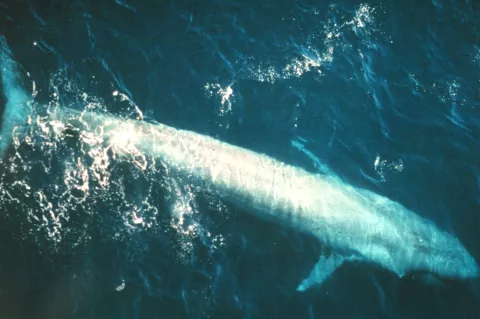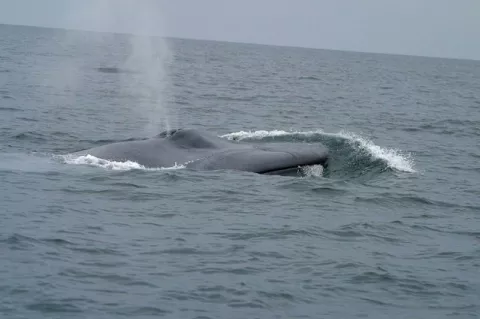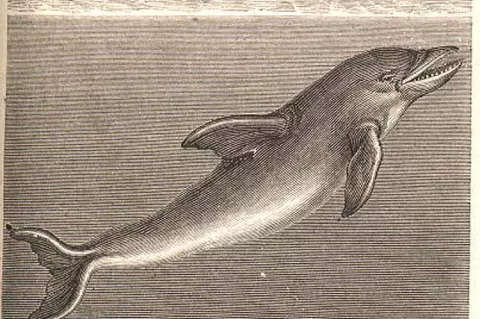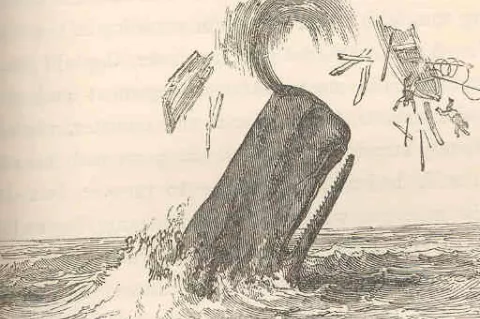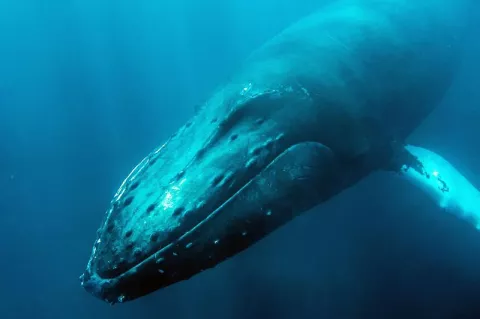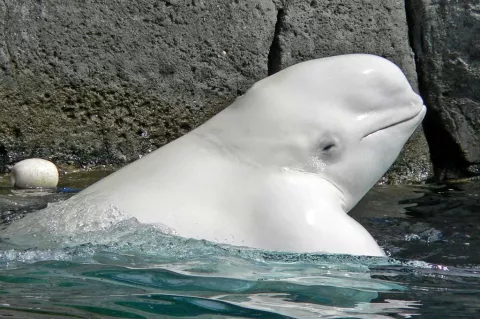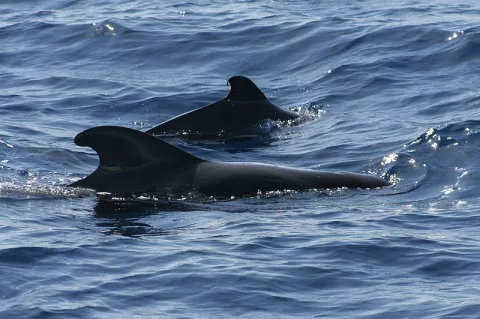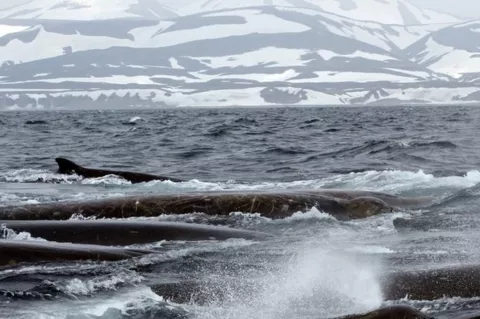Blue whales' meal planning is complicated
Feeding performance of blue whales vary wide as a function of prey density and distribution, according to new research just published in Science Advances. Because rorqual whales are air-breathing divers that exhibit a high-cost feeding mechanism, they are under considerable pressure to optimize their foraging success by weighing oxygen use against possible energy gain. Blue whales, the researchers have found, follow a complex strategy of switching from conserving oxygen when prey quality is low, to intense foraging at the expense of oxygen when prey quality is high.
- Read more about Blue whales' meal planning is complicated
- Log in to post comments

